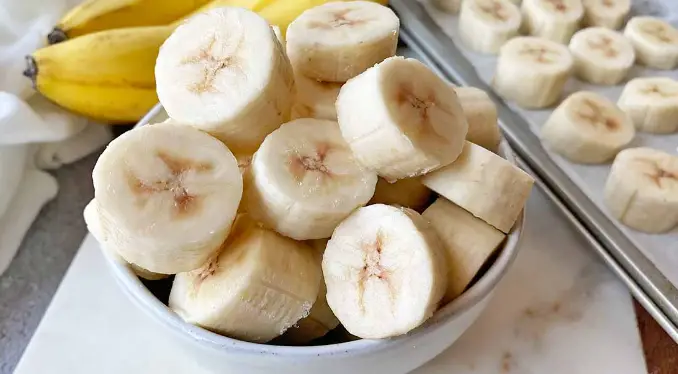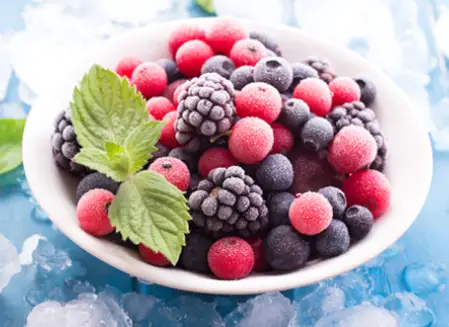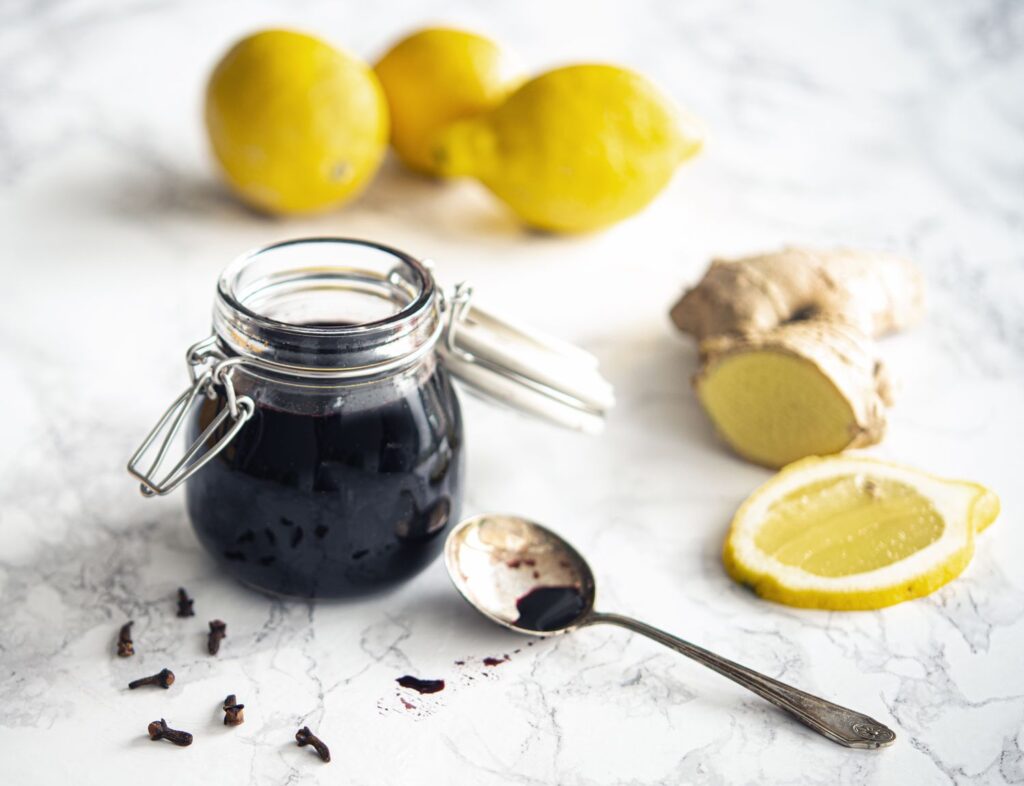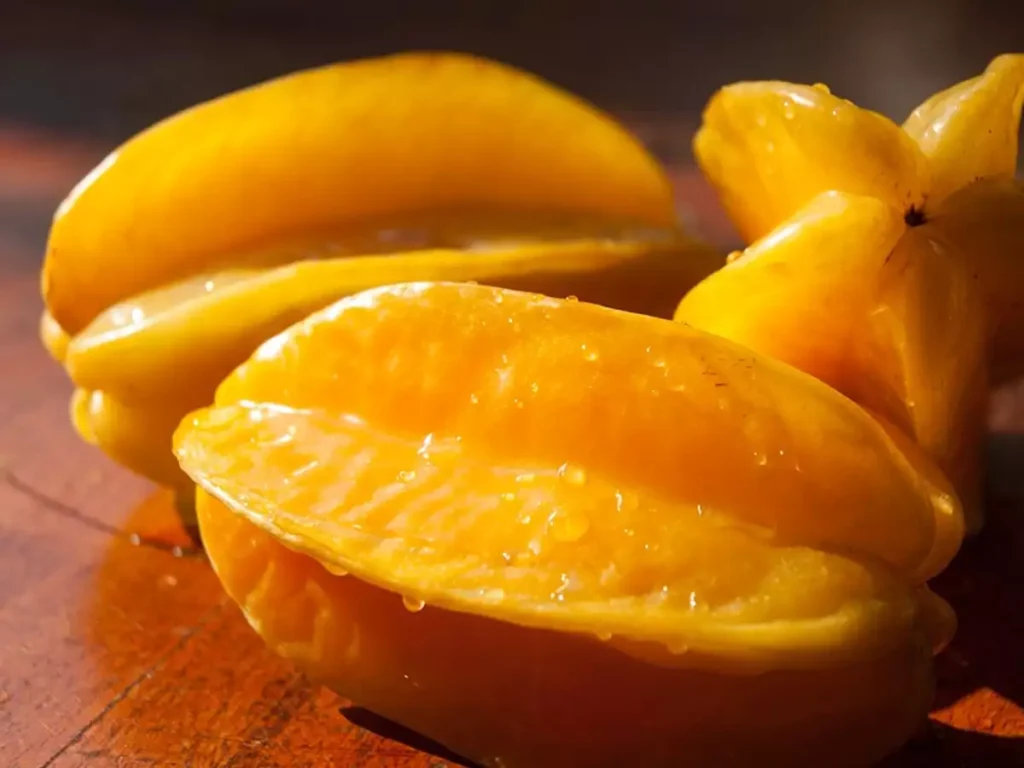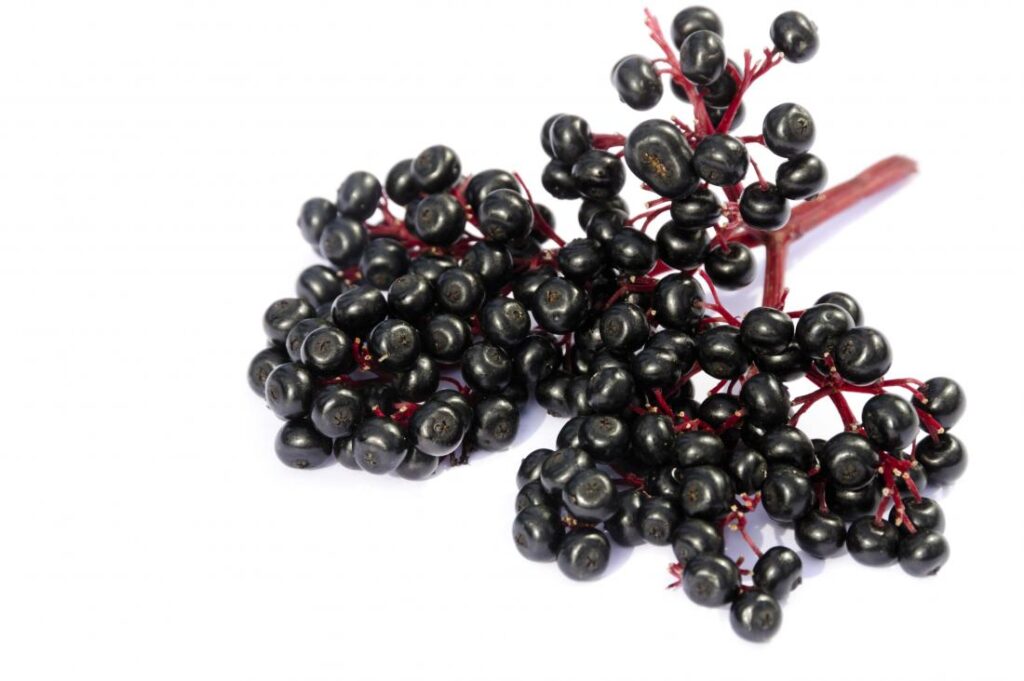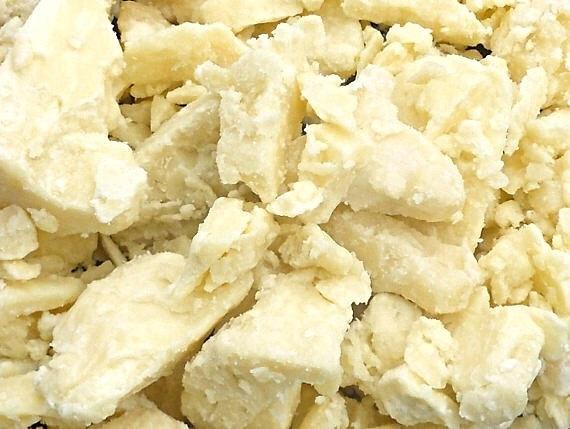Mangoes are a tasty tropical fruit loved by people all over. Their sweet, juicy inside is really yummy. But, finding black spots on your mango can be a letdown.
These black spots can pop up for different reasons, such as fungus or sickness in the fruit. We’re going to look at how you can keep mangoes clear of black spots and make sure they’re yummy to eat.
Table of Contents
- Why Do Mangoes Get Black Spots?
- 1. Fungus Infections
- 2. Fruit Sicknesses
- Ways To Stop Black Spots on Mangoes
- 1. Right Time to Pick
- 2. Keeping Them Cool
- 3. Washing Them First
- 4. Making Them Dry
- 5. Natural Fungus Fighters
- 6. Air and Light for the Tree
- 7. Handling with Care
- 8. Clean Gardening Gear
- 9. Checking the Fruit and Trees
- 10. Helpful Bugs
- Wrapping It Up
Why Do Mangoes Get Black Spots?
There are a few main causes for black spots on mangoes:
1. Fungus Infections
Mangoes can catch fungus infections like anthracnose and stem end rot, especially in damp and warm weather. These infections get into the skin of the mango and cause those black spots.
2. Fruit Sicknesses
Other plant diseases, like bacterial black spot and powdery mildew, can leave black spots on mangoes too. These are from bacteria or fungi that attack the fruit and harm how it looks and tastes.
Ways To Stop Black Spots on Mangoes
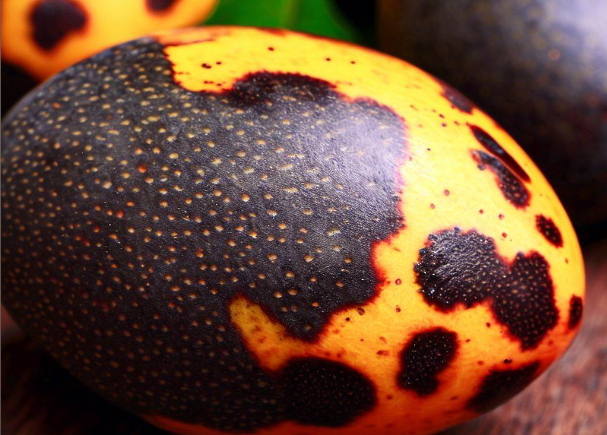
To avoid black spots, pick mangoes at the correct time, keep them cool and airy, wash and dry them right away, use natural fungus killers, make sure they have space around them, be gentle with them, clean your gardening tools, and keep an eye on the trees and fruit for any early signs of sickness.
1. Right Time to Pick
Picking mangoes when they’re just ripe helps keep them from getting black spots. Overripe ones are more likely to get fungus problems.
2. Keeping Them Cool
Storing mangoes the right way helps them stay fresh and stops fungi from growing. Keep them in a place that’s not too hot and has good air movement. Don’t let the fruits touch too much—it makes a better space for fungus.
3. Washing Them First
You should always wash mangoes before eating or storing them. This gets rid of any dirt or things on the skin that could make fungi or bacteria grow.
4. Making Them Dry
After washing, it’s super important to dry mangoes completely. Wet skin can help fungi start to grow. Use a clean cloth or paper towel to dry them off really well.
5. Natural Fungus Fighters
Organic or natural fungicides like neem oil or things with copper can be good for stopping fungus infections that cause black spots. They’re a safe choice for your fruit.
6. Air and Light for the Tree
Good air flow and sunlight can stop fungus infections on mango trees. Trim the tree to take out dead stuff and help air move around better. This stops wet areas where fungi like to grow.
7. Handling with Care
Mangoes that are bumped or cut can get black spots easily. Handle them gently when you’re picking them and during carrying and storing. Even a small scratch can let fungi in and create spots.
8. Clean Gardening Gear
If you’re cutting or trimming the tree, always clean your tools before and after. You can use a mix of bleach and water or rubbing alcohol. This keeps the tree healthy by not spreading germs.
9. Checking the Fruit and Trees
Regularly looking over your mangoes and trees can help you spot diseases early. If you see black spots or other weird marks, deal with them quickly to stop them from spreading.
10. Helpful Bugs
Having good bugs like ladybugs and lacewings around can help get rid of the bad bugs that make the fruit sick. These friendly bugs eat up pests like aphids and mites that can lead to disease.
Wrapping It Up
To prevent black spots on your mangoes, there are many things you can do.
From the right way to pick and store your fruit, to keeping them clean and using natural products, there’s a lot that helps. Giving your trees the right care and paying attention to the little bugs that help out can also make a big difference.
Try these tips to keep your mangoes looking good and tasting great.
